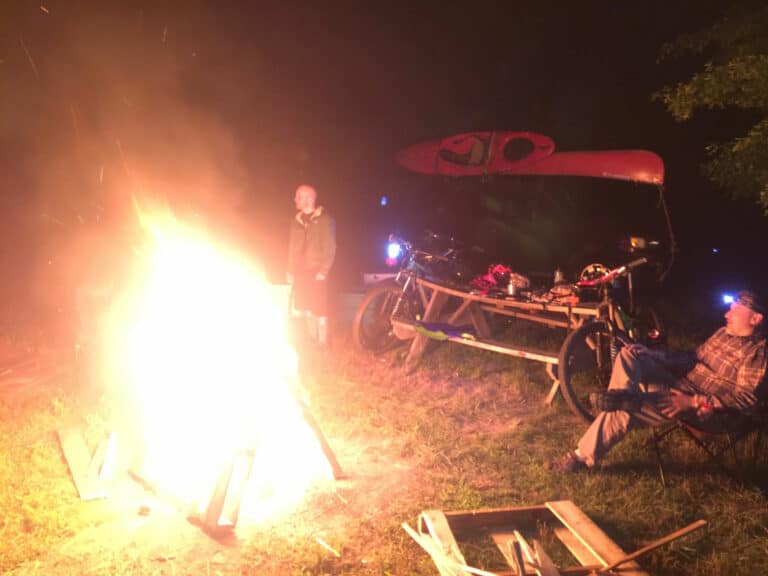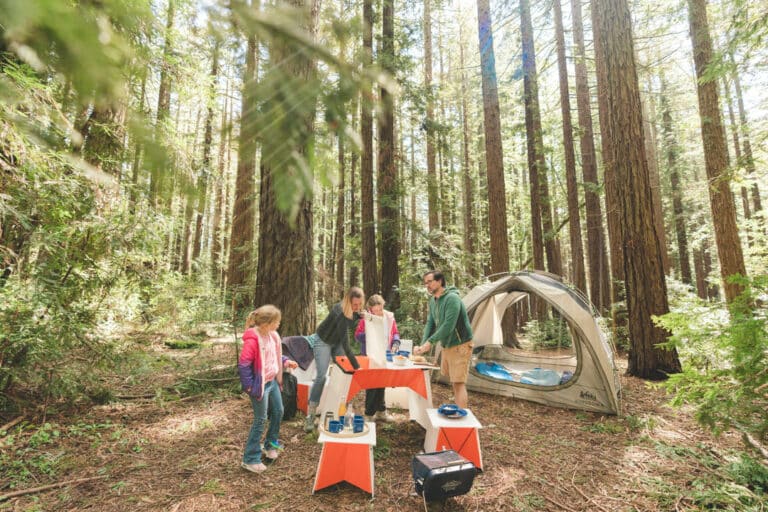Dear EarthTalk:
It is true that the carcasses of whales that wash up on shore are considered dangerous to humans because of the amount of toxins and chemicals in their blubber?
— Michael O’Loughlin, Tigard, OR
Whether wildlife officials in a given region consider a dead beached whale a biohazard or not is local decision, but nevertheless experts agree that only trained professionals should go anywhere near a dead wild animal to prevent the spread of bacterial infection alone, no matter whether any industrial pollutants might be oozing out. But regardless, it is true that some types of whales, given their spot at the top of the marine food chain, do harbor chemical pollution in their fatty tissue and organs.
Researchers have found, for instance, that PCBs, dangerous toxins notorious for polluting New York’s Hudson River and long banned in the U.S. are present in the blubber of beluga and orca whales, among others, in amounts—some 80 parts per million—that could kill a person. DDT, a pesticide banned in 1972 in the U.S. for wreaking havoc on bird and other wildlife populations, also still shows up in measurable amounts in whale blubber around the world.
Beyond such well-known pollutants, newer ones are starting to show up in large amounts in the carcasses of beached whales and other top marine predators. Today biologists are most worried about the marked increase in flame retardants (PBDEs) and stain repellents (PFOS) in dead marine mammals. Flame retardants are particularly troublesome because they “seem to travel over long distances in the atmosphere, and some studies have shown that they can be toxic to the immune system and can affect neurobehavioral development,” according to a recent report by the Arctic Council, a multilateral international body in charge of overseeing Arctic law and development. The report also noted that PFOS does “not seem to break down under any circumstances,” meaning it is passed up the food chain to whales and other top predators, and then in some cases consumed by humans, especially indigenous Arctic people still hunting marine animals as part of their subsistent lifestyles.
According to the Humane Society of the U.S. (HSUS), whales aren’t the only wild animals carrying around large amounts of toxic chemicals. Bottlenose dolphins, manatees, polar bears, seals, sea lions and other marine wildlife also have PCBs, DDT, PBDEs, PFOS and the other pollutants in their tissues and bloodstreams. “The large-scale die-off of bottlenose dolphins along the mid-Atlantic coast of the United States in the mid-1980s may have been the direct or indirect result of increasing levels of toxic waste from industrial sources,” HSUS reports, adding that “such pollutants can depress the immune system of marine mammals, making the animals susceptible to diseases they could normally fight off.” Another example: Polar bears in Norway have been exhibiting serious congenital abnormalities; HSUS blames exposure to toxic pollutants in the bears’ otherwise pristine environment.
Environmental and health experts worry about such contamination because many of the chemicals in question are known “endocrine disruptors,” meaning they can impair reproduction in both wildlife and humans by mimicking or altering natural hormonal activity. Such chemicals can also cause neurological problems and developmental or skeletal abnormalities.
CONTACTS: Arctic Council, HSUS
——————–
Dear EarthTalk:
I’ve found environmentally friendly shoes for myself, but have had trouble finding similar shoes for my kids. Are they out there?
— Dawn Masterson, Augusta, GA
Kids’ shoes are a quickly expanding market and companies with a green perspective are now jumping into the race with mini versions of everything from flip-flops to slippers to heeled dress shoes. While green kids’ shoes from makers like Simple, which offers organic cotton EcoSneaks with car tire soles, might seem expensive at $40 or more, they are durable enough to get passed around from sibling to sibling. “It is an investment if you’re going to do quality,” says Craig Throne, general manager of footwear at Patagonia.
Patagonia has been making climbing gear and outdoors wear for over 30 years, and is committed to using sustainable materials—including recycled polyester and only organic cotton in their clothes. Using hemp and recycled rubber content, the company has created kids’ shoes that are rugged and sturdy enough for hiking or climbing, or for simply running around in the back yard.
Of course, packaging plays a big role and in Patagonia’s case that means 100 percent recycled content boxes with soy-based inks and fun graphics that encourage kids to reuse the boxes. “We’re getting kids to participate and be more aware of the outdoor world,” says Throne.
Timberland has launched its own line of sustainable kids’ shoes, too. “Kids today are learning about the environment at a younger and younger age—in many cases, they’re even teaching their parents,” says Lisa DeMarkis, head of Timberland’s kid’s division. “It’s important to show kids that even small choices can have a positive impact.”
The company strives to use the most environmentally friendly materials when possible—like recycled soda bottles (PET) in linings or meshes, recycled laces and organic cotton canvas—while always making sure that the shoes meet performance goals: “At the end of the day, the shoe has to stand up to kids and their daily adventures,” DeMarkis says. Curious customers can read the “nutritional labels,” which include the amount of renewable energy used in production, right on Timberland’s 100 percent post consumer recycled shoeboxes.
Parents looking to avoid leather in their kids’ shoes, whether for ethical or environmental reasons, have to do a bit of hunting online. While many vegetarian and non-leather clothing sites have yet to add kids’ shoes, KidBean.com has, including the popular baby shoes called Isabooties, which are made with soft, synthetic Ultrasuede.
For parents of budding dancers, a vegan alternative ballet slipper can be had from the Cynthia King Dance Studio in Brooklyn, New York. The dance instructor and studio owner approached a local shoemaker when she couldn’t find an affordable outlet for vegan slippers, and now provides them to the world at large.
CONTACTS: Cynthia King Dance Studio, www.cynthiakingdance.com; Isabooties, www.isabooties.com; KidBean, www.kidbean.com; Patagonia, www.patagonia.com; Simple, www.simpleshoes.com; Timberland, www.timberland.com.
——————–
GOT AN ENVIRONMENTAL QUESTION?
Send it to: EarthTalk, c/o E/The Environmental Magazine, P.O. Box 5098, Westport, CT 06881; submit it at: www.emagazine.com/earthtalk/thisweek/, or e-mail: [email protected].
Read past columns at: www.emagazine.com/earthtalk/archives.php







